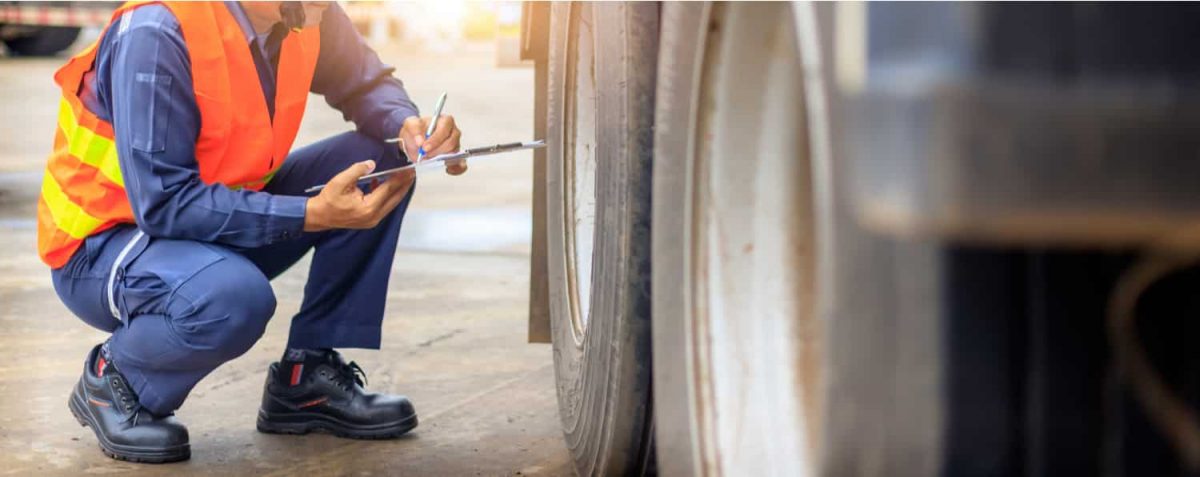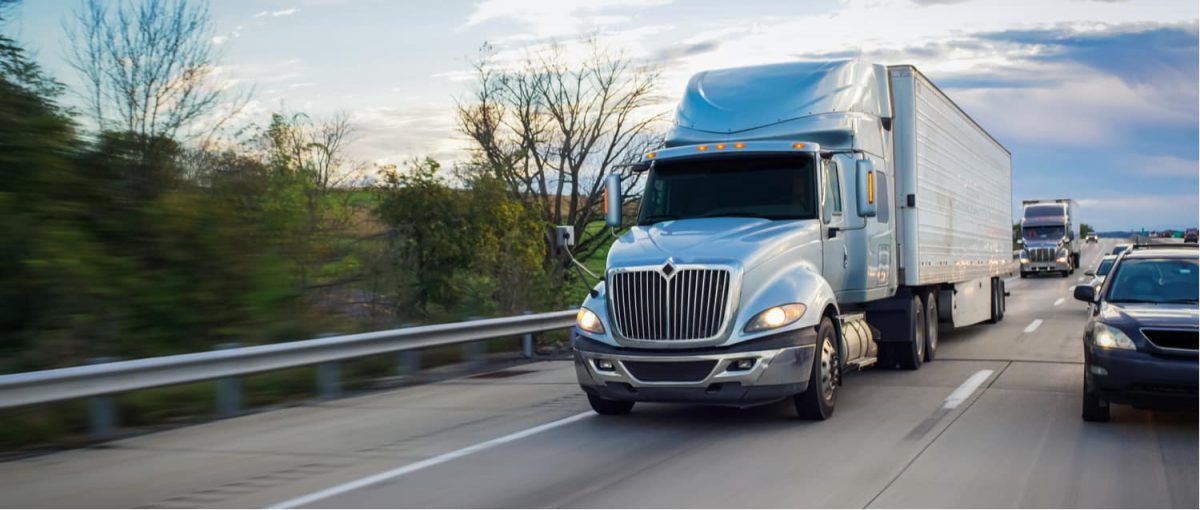Staying safe is important in every industry, but it is essential for truck driving. Since tractor-trailers often travel on public highways, any issues with these vehicles or the freight they transport can become serious hazards that affect others on the road. One of your responsibilities as a truck driver is to perform a pre-trip inspection before starting a haul. This is also part of the commercial driver’s license (CDL) skills test.
Here are a few of the areas you should check during these inspections:
Internal Pre-Trip Inspection
Engine Compartment
You will need to examine the engine compartment to identify a variety of potential issues. Any leaks or drips, a low oil or coolant level, inadequate steering fluid, frayed belts, or any improperly mounted parts will need to be corrected before you can drive the vehicle.
Cab Check
During the cab check, you should ensure the oil pressure, temperature, and air gauges are working correctly. Adjust your mirrors and ensure that they are clean and undamaged. Your windshield should also be free of any obstructions. In addition, there are multiple dash indicators you must test.
Brake Tests
Testing your brakes is one of the most important parts of the pre-trip inspection and an important part of your CDL skills test. If you are driving a vehicle with air brakes, you will automatically fail the exam if you do not perform this part of the inspection properly. There are three parts of the air brake check which you will learn at Phoenix Truck Driving School. You will also need to check the hydraulic brake reserve, parking brake, and service brakes.
External Pre-Trip Inspection
Steering
Check to make sure the steering box is properly mounted and that power steering fluid is not leaking. You should also look for missing cotter keys, nuts, or bolts. Connections between the steering box and wheel should be intact without wear or cracks.
Suspension
Check that there are no missing or damaged leaf or coil springs. Examine all parts of your vehicle’s suspension equipment. You will also need to look at the mounts and shock absorbers for every axle.
Brake Components
In addition to the brake tests during the internal inspection, you will need to check the exterior components of your vehicle’s brake system. This includes slack adjusters, push rods, brake chambers, brake hoses/lines, couplings, drum brakes, and brake linings.
Wheels
Make sure that your wheels are in good driving condition. This includes checking tire depth, condition, and inflation. Rims also must be free of welding repairs and cannot be damaged or bent. All lug nuts must be present and cannot be loose, cracked, or distorted.
Rear and Side Tractor-Trailer Exterior
There are multiple components you must inspect on the rear and side exterior of your tractor-trailer. These include your doors, mirrors, fuel tank, drive shaft, exhaust system, splash guards, ties, and lifts.
Coupling/Tractor
The tractor must be securely attached to your vehicle. You must check for air leaks, ensure the mounting bolts are secure, and perform additional inspections to ensure safe coupling.
Prepare for Your CDL Inspection Test
The list above only includes a portion of what you will be expected to know for your CDL skills test. There are over 100 different parts that you must identify and check. For your Class A CDL pre-trip inspection test you will need to perform one of four possible inspections. Phoenix Truck Driving School can help you prepare for and pass the different portions of your CDL test. We use a mix of classroom learning and hands-on experience and you will learn from highly-skilled instructors.





